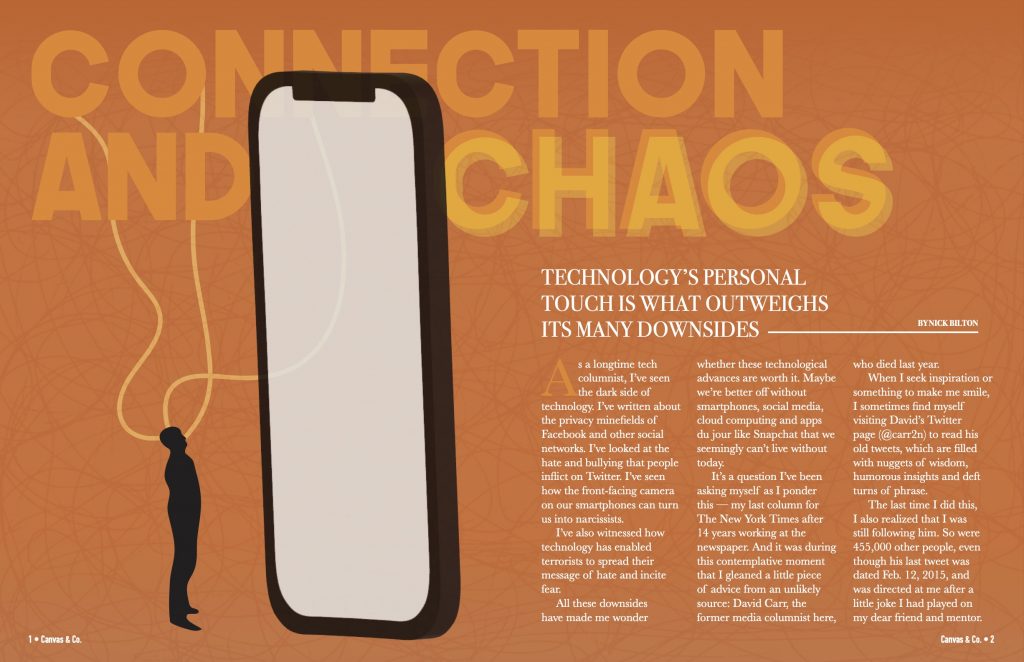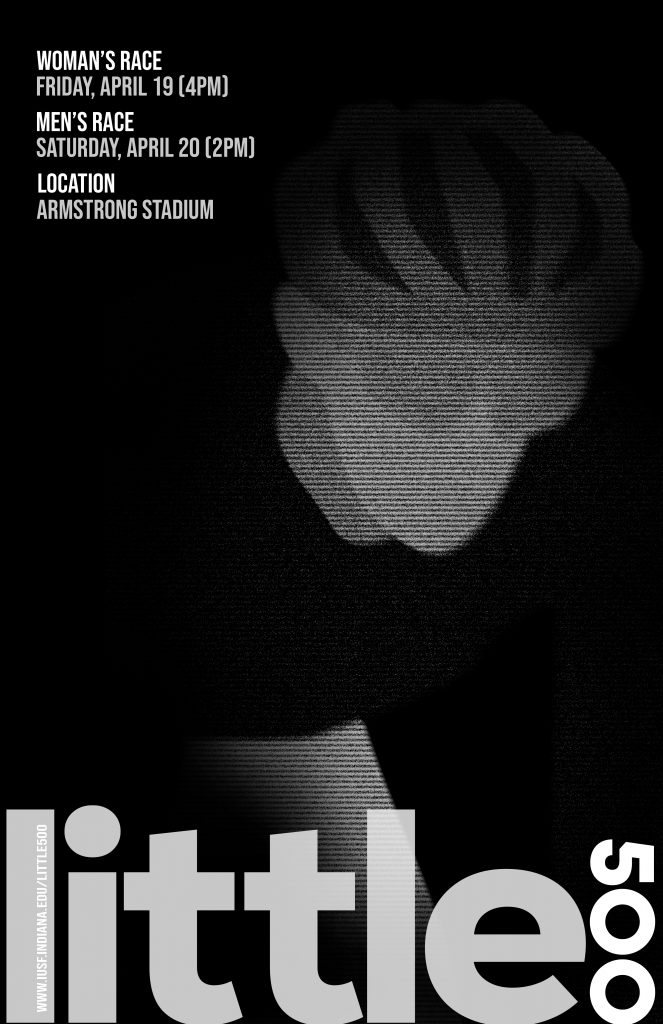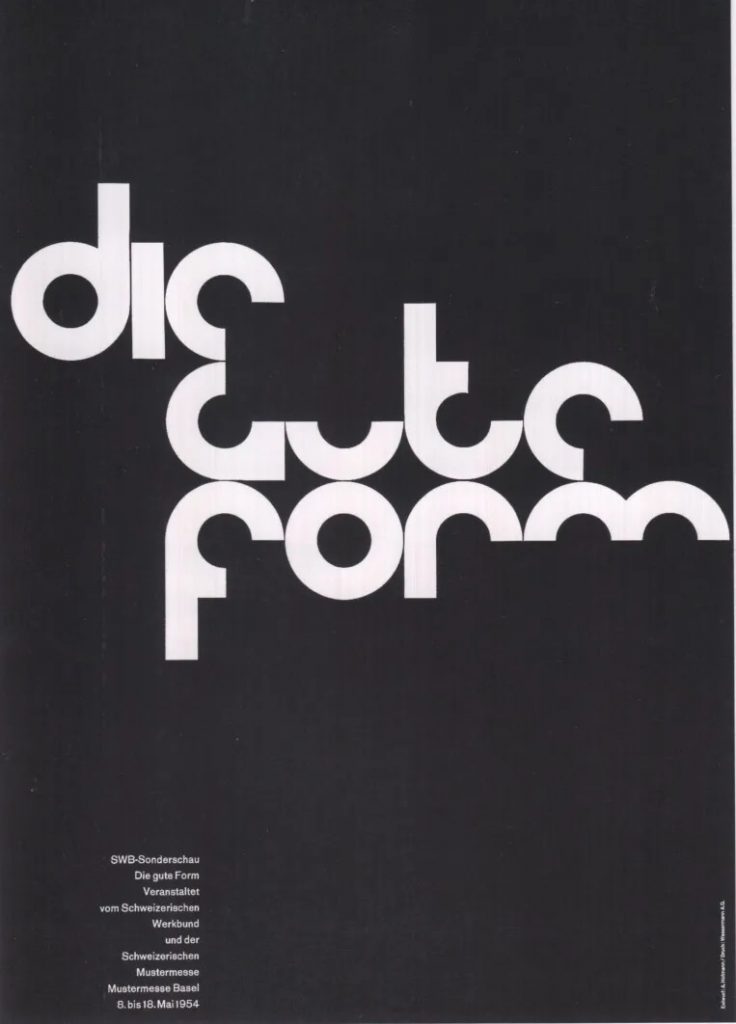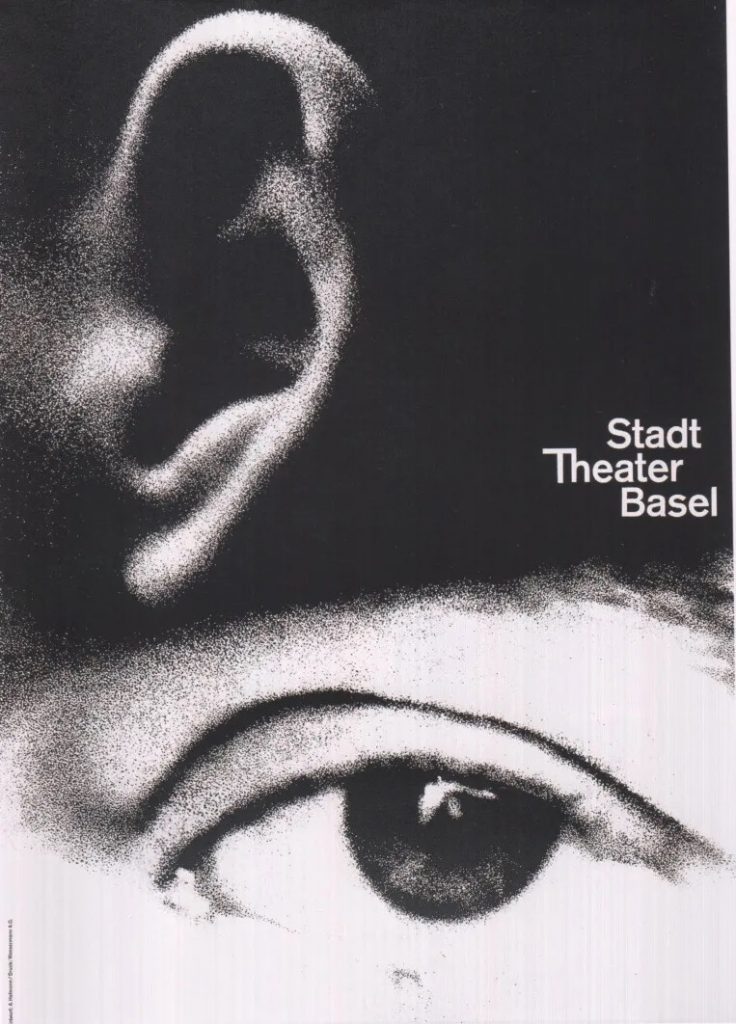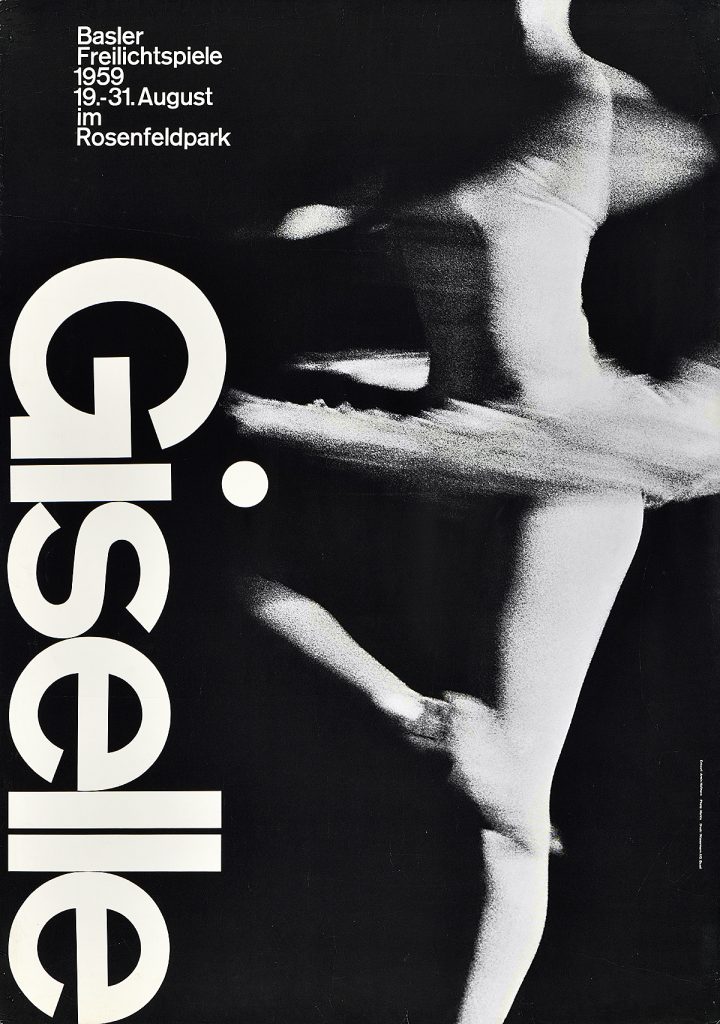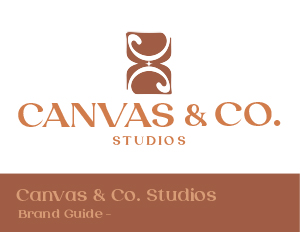For my conceptual illustration poster, I decided to represent the story of how personal technology shapes our lives, often resulting in both beneficial and damaging influences in our lives. Therefore, for the main headline of this article, I decided to use the phrase “Connection and Chaos”. I felt that this title expressed how our mobile devices, while connecting us to the world, also have the power to overwhelm and consume us.
In terms of design choices, I first chose the orange color scheme to symbolize a balance between the red hue of frustration and the yellow hue of contentment. My goal was to connect this orange color to the state many of us find ourselves in when it comes to our relationships with our phones. Furthermore, the main imagery of my design depicts a small human figure gazing up at a large phone. I represented the imagery in this way to emphasize how our lives can become engulfed by our devices, symbolizing their overpowering presence.
In terms of typography, this played a crucial role in conveying the message I was trying to express. I utilized a blurred version of chaos in the text to emphasize something that is unstable, as well as a more stable font with connecting lines for the word connection. Overall, my choice for this was to reiterate the coexistence of these two forces felt when it comes to our personal technology.
In addition, for the sidebar, I used text message bubbles to add a unique element to the layout while also reiterating the theme. The separation of the sidebar from the main text, in my opinion, helped create a good visual distinction.
Overall, I am pleased with my execution of this project. I believe that I conveyed the message of the story in a minimalistic way, allowing the readers to grasp the main idea without being too overwhelmed. With my consideration of the color, typography, and layout, I believe that I achieved my goal of creating a visually engaging spread for readers. This was one of my favorite projects that we have done so far.

